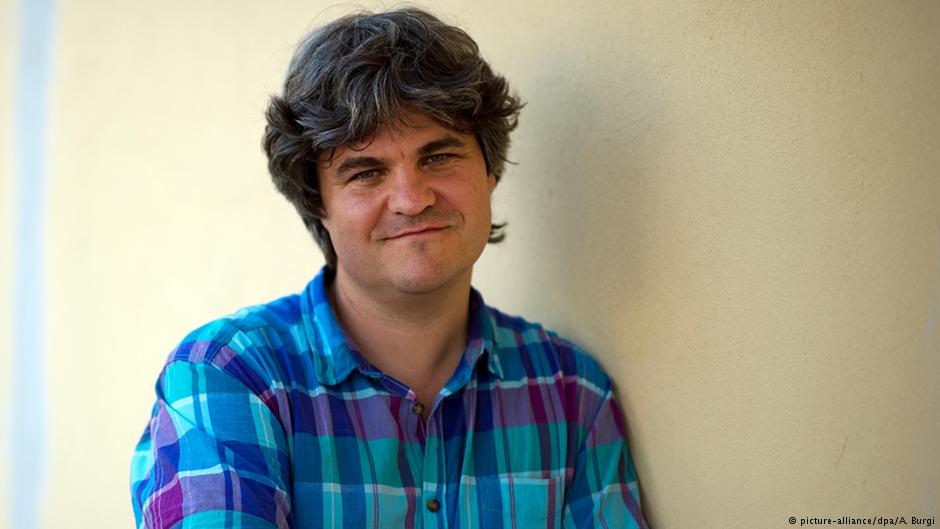The United Nations Educational, Scientific, and Cultural Organization (UNESCO) announced on Saturday adding seven new cultural sites on its World Heritage List, whereby two of them are located in Oman and Saudi Arabia.
The announcement came through during the 42nd session of the committee, an annual meeting the World Heritage committee holds. This year, the meeting was held in Manama, Bahrain, under the chair of Sheikha Haya bint Rashed Al-Khalifa, a diplomat and the third women to join the UN General Assembly.
Al-Hasa Oasis is the sixth and latest heritage site in Saudi Arabia to join the list. The landscape was picked among tens of nominations worldwide, due to having rare combination of gardens, canals, springs, well and a drained lake, all with some of Saudi Arabia’s most historical buildings. This “represents traces of continued human settlement in the Gulf region from the Neolithic to the present, as can be seen from remaining historic fortresses,” as the UNESCO press release stated.
The landscape is officially announced as the biggest oasis in the world, according to the statement, with about 2.5m date palms, “Al-Ahsa is also a unique geo cultural landscape and an exceptional example of human interaction with the environment,” the statement added.
As for Oman, it joins the list with its fifth heritage site, Ancient City of Qalhat, which is located on the east coast of the city. The city is selected due to its historical importance, as it was one of the essential cities in connecting trade ships between East Africa, India, China and South East Asia in the 11th to 15th centuries.
Surrounded by walls and having several necropolises in it, the city is found to play a highly essential role in that era’s world trade, during the reign of the Hormuz prince.
The committee’s announcement to recent sites to be added to the list extends until first of July.
It also added the Thimlich Ohinga archaeological site in Kenya on the list. The lake was built in the 16th century and it is believed that it was used to serve to surrounding living communities, whom used it as a fort.
“Thimlich Ohinga is the largest and best preserved of these traditional enclosures. It is an exceptional example of the tradition of massive dry-stone walled enclosures, typical of the first pastoral communities in the Lake Victoria Basin, which persisted until the mid-20th century,” the statement explains.
Among the recent added sites were also the Victorian Gothic and Art Deco Ensemble of Mumbai, the Sassanid archaeological landscape of Fars region in Iran, and hidden Christian sites in the Nagasaki region in Japan.








